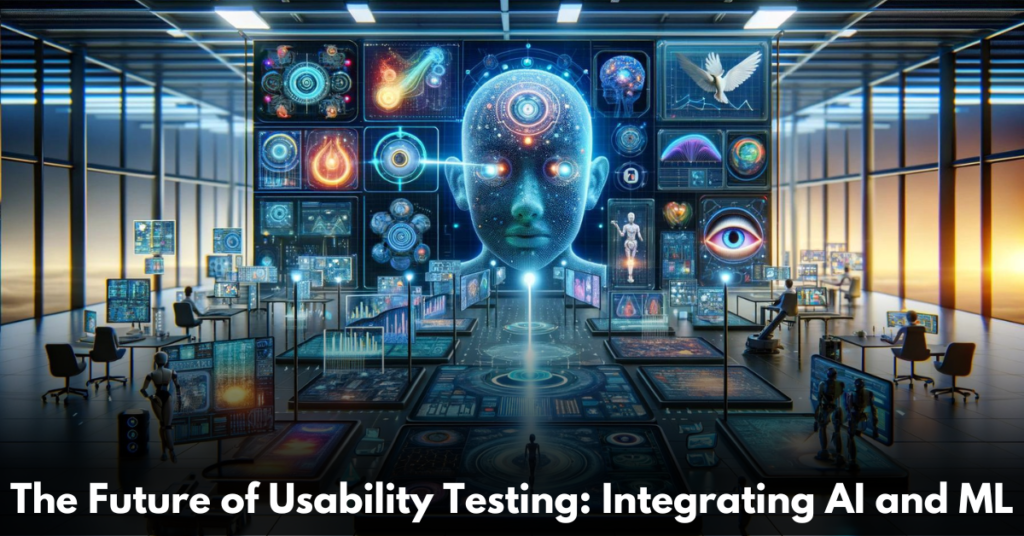The Future of Usability Testing: Integrating AI and ML
The integration of Artificial Intelligence (AI), Machine Learning (ML), and usability testing is revolutionizing the software development landscape by enhancing data analysis, understanding user interactions, and creating personalized user experiences. This technology allows for efficient and accurate data analysis, enabling developers to optimize their software’s usability by providing a more in-depth understanding of user interactions. This results in personalized user experiences that respond to individual tastes and needs, increasing customer satisfaction and engagement.
AI and ML in Data Analysis
The integration of AI and ML in usability testing improves efficiency and precision, as machine learning can learn from patterns in user interactions and adapt to new data, enabling continuous, large-scale testing. This not only provides comprehensive insights but also accelerates the identification of usability issues, which is impossible with traditional manual testing. Real-time usability testing provides developers and designers with immediate feedback, leading to faster development cycles and a shorter time-to-market for new products and features.
Accelerating Development with AI-powered Testing
New roles, such as computer vision engineers, are emerging as critical to the development of algorithms that interpret visual data, advancing AI and ML integration in usability testing. Tools like Testim use AI to provide automated test creation, real-time analytics, and predictive modeling, accelerating feedback and ensuring adaptability as software products evolve. These advancements in usability testing are revolutionizing the software development industry. With real-time usability testing and AI-powered tools, developers can identify and address issues much more efficiently than with traditional manual testing.
Navigating Ethical Concerns in AI and ML Integration
Navigating the ethical landscape of AI necessitates a multifaceted approach that includes policy, regulation, and industry collaboration. Governments must establish clear guidelines and regulations for AI development and deployment, ensuring that these systems are transparent, accountable, and ethically sound. This not only speeds up the development process but also enables software products to stay adaptable and responsive to evolving user needs. Consequently, the demand for roles like computer vision engineers is increasing as companies strive to enhance the accuracy and effectiveness of their usability testing algorithms.
However, the integration of AI and ML poses challenges, including ensuring training data accuracy, avoiding over-reliance on automation, and addressing ethical concerns about user privacy and data security. The future of usability testing with machine learning may include more refined algorithms for deeper insights, personalized experiences, and potential synergies with augmented and virtual reality technologies. However, it is crucial to address potential biases and limitations to ensure fair, inclusive, and representative usability testing for diverse user populations.



